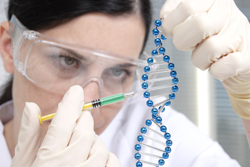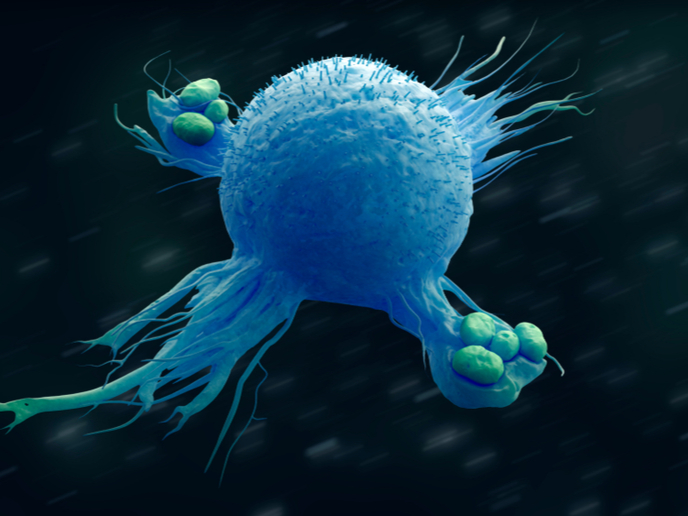Sumo modification vital for treating disease
Since chromatin is crucial to determining when and where DNA can be accessed, it is also important in nuclear processes such as DNA transcription and repair. Recent evidence has shown sumoylation to be an important regulator of the global nuclear architecture of cells. In addition, it has been implicated in processes such as telomere maintenance. Telomeres contain a specialised chromatin structure that ultimately protects against the disruption of a cell cycle or genome make-up. The SUMO and chromatin project uses Saccharomyces cerevisiae (budding yeast) as a model organism to study nuclear dynamics in vivo. The research team aims to throw light on the mechanism by which SUMO modification regulates these processes. In budding yeast, telomeres are reversibly bound to the periphery of the nucleus. The organisation of chromatin is thought to be especially important for telomeres, where evidence suggests that altered nuclear localisation and dynamics can result in an inappropriate repair response. Telomere anchoring in S. cerevisiae takes place along two partially redundant genetic pathways. The influence of these pathways changes throughout the cell cycle and also from telomere to telomere. In addition, since several proteins are implicated in telomere anchoring, the SUMO and chromatin project partners have hypothesised that the modification of SUMO (small ubiquitin-like modifier) may impact telomere anchoring. Research so far suggests that SUMO modification impacts on telomere maintenance by affecting telomere localisation. In human cancer cells, where there is significant telomere misregulation, maintenance is driven by the sumoylation of telomere-binding proteins. Therefore, the use of a simplified system like budding yeast to gain a deeper mechanistic understanding of these processes could prove beneficial in the treatment of human diseases such as cancer.







